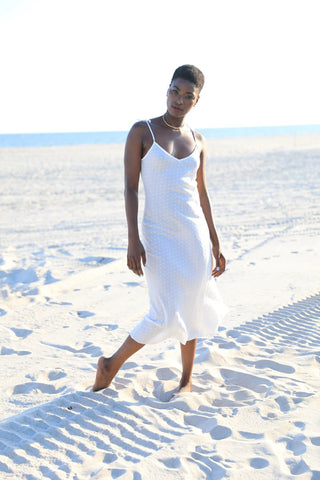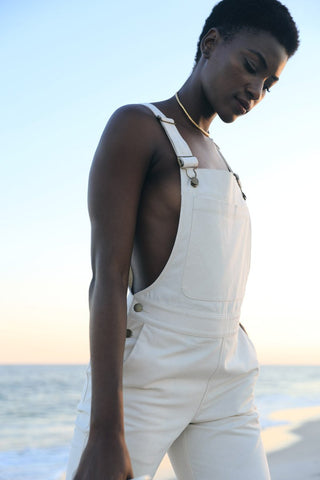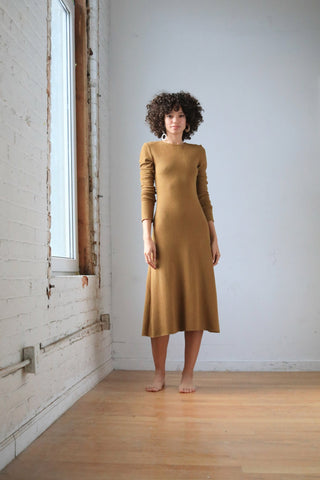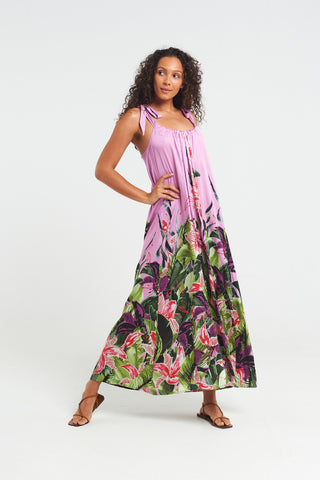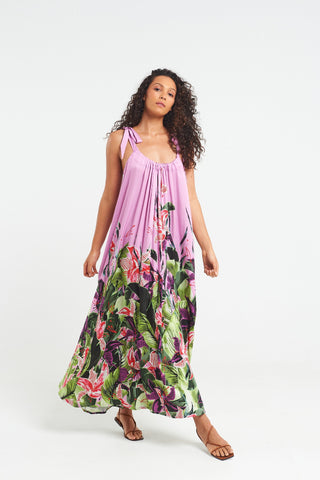A REVOLUTIONNAIRE'S GLOSSARY - SUSTAINABLE FASHION DEFINITIONS

Bon jour Revolutionnaires!
If you're new to this world of sustainable fashion we know it can get overwhelming real quick once you start hearing all the industry jargon and fancy words.
The world of conscious fashion covers several topics from the raw materials used to make clothes to the people behind the process, people that deserve to be treated with dignity. For that reason, we came up with an amazing glossary that will cover some of this terminology.
LET’S GET THIS STARTED! You’ll be sustainable fashion pros after this.
Fast Fashion
This approach tends to design based on the trends of the moment, producing products massively at a cheap price (Remember Forever 21?). So what’s the deal with these fast fashion brands? Well, these brands inspire their designs from the runway shows of Haute couture such as Jean Paul Gaultier, Gucci or Alexander McQueen and make affordable pieces to their stores quickly. BUT... fast fashion has its bigger cost… it is dangerous because it results in overproduction, enormous waste, degradation of the environment and it exploits its workers as well.
Greenwashing
This term can be misleading since it makes consumers believe that their products are more ethical and sustainable than they actually are. Greenwashing has become a major concern due to the enormous benefits that many big companies are getting from the growing demand for “eco-friendly” clothes. These companies use these “environmental friendly initiatives” by using recycled packaging, “conscious” collections but without addressing labor or environmental issues.
Slow Fashion
Slow Fashion, the name describes it clearly, is the opposite of fast fashion. This kind of fashion gives consumers a deliberate choice to buy less and at the same time they will invest in high quality pieces that will last for way longer than the clothing produced in fast fashion brands. This trend embraces the unique style of the individual instead of following just trends that will rapidly go out of style.
Sustainable Fashion
Sustainable means something that can be maintained over time. The current rhythm of fashion production and consumption is not sustainable for out Mother Earth. The idea with this approach is to consider our environment and society in every step including design,production and consumption. At Mode we promote this kind of fashion by carefully choosing the brands we we work with and ensure they are ethical and conscious around their practices.
Upcycling
Upcycling consists in turning waste into a reusable materials or full pieces without them undergoing a harsh or chemical process. Even though it isn’t a new concept, we’ve been hearing about this trend just recently. If we analyze the situation, our grandparents were the perfect example of upcyclers since they tend to reutilize and upgrade the old clothes to give them a use. The concept of Upcycling is amazing because it removes waste from the system, even so that it actually requires less energy than recycling does. For instance, it has a better impact on the environment.
Recycled Fabrics
Recycled fabrics prevent material from being discarded or wasted. These materials undergo an actual process which transforms them into new fibers. Recyling is more energy-intensive than Upcycling. Can you believe there are fabrics that are made from reycled plastic bottles?
Organic Fibers
Organic fibers are basically any fiber made from a product that is grown in the ground ,or made of an animal’s pelt or produced by an insect. For example: cotton, Bamboo,wool and silk. It is important to denote that there is a vast difference in the softness of materials made from these fibers. Generally, the word organic also implies the lack of use of harmful chemicals.
Vegan Leather
This synthetic leather is made from polyurethane which is a polymer that can be made to order for any designer’s whim.It can also be made sustainable and innovative materials such as cork,apple peels,pineapple leaves (pinatex) and even recycled plastic. It is used to create products that put animal skins to shame!
Azo-Dyes
This is dyeing a method that is a group of synthetic dyes composed of a chemical azo group. These compounds are used for dyeing every type of fibers, from natural to artificial and synthetic in order to color several things such as textiles, plastics, cosmetics and even food!
This chemical is hazardous for the environment because it doesn’t degrade in environmental conditions. In addition, the waste of water is enormous and once it is released from the factor, it will bio-accumulate in the environment. In terms of health, it has been found a relation between the aromatic amines that are released from the Azo-dyes and cancers.
Standard 100 by OEKO-TEX
This is a global standard in which the fabric is tested and certified to be free of harmful levels of more than 100 substances that are known to be harmful for human health. It has to do with how the raw materials are processed. It considers different factors such as the dye that has been used, the sewing threads,prints, linings and non-textile accessories like buttons that are included in the final product. If a product is certified by this standard, it means that it is safe for humans.
Recycled Water
This term generally refers to treated wastewater that is used more than once before it passes back to water cycle. In fashion, one of the garments that requires more water to be made are cotton and denim clothing. There have been initiatives with using recycled water on jeans in order to avoid more waste of the same. The denim company Levi Strauss,recently made 100,000 pairs of women’s jeans with recycled water and saved around 12 million liters of water! Imagine all the waste they could have done if they were doing regular jeans...
If you find this useful send us a message and let us know!
